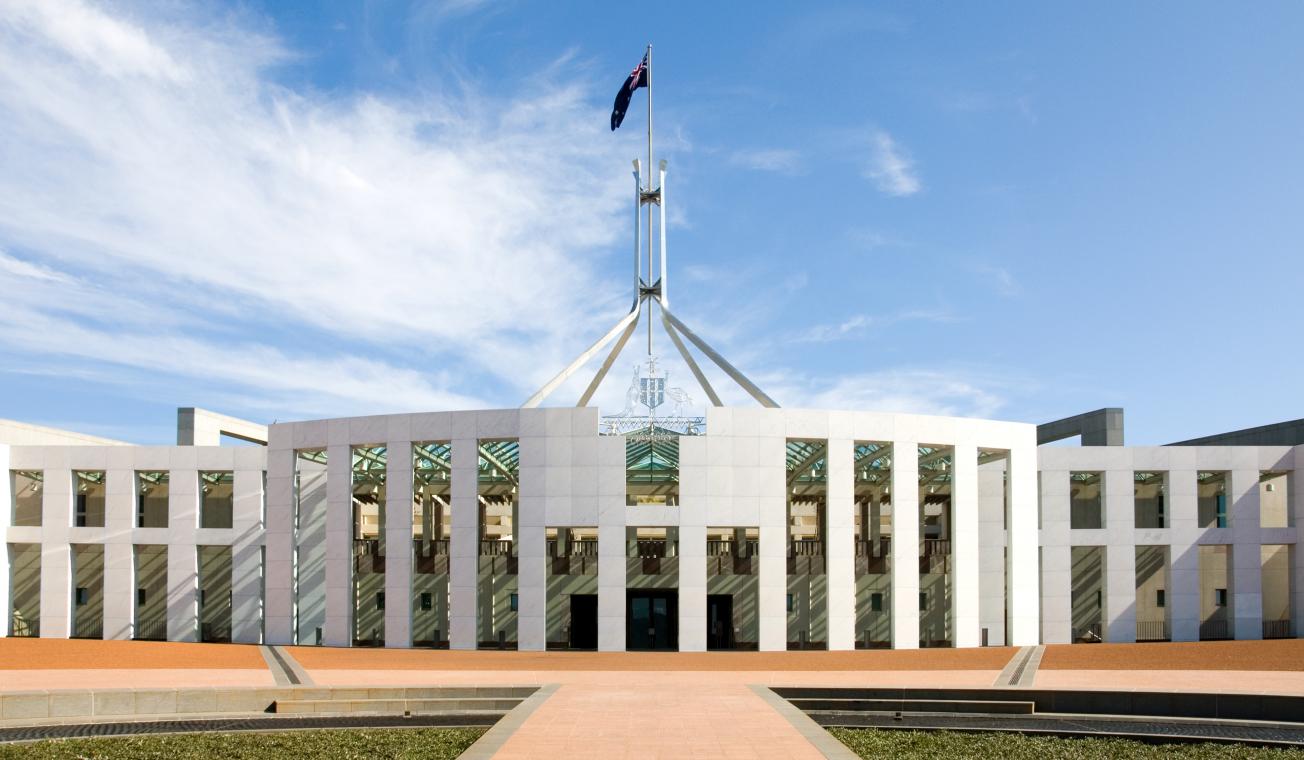
Medical Device industry welcomes Government response to Senate inquiry
Yesterday the Government released its response to the 16 recommendations made by Senate Community Affairs Reference Committee report: Pricing regulation associated with the Prostheses.
MTAA welcomes the report and has been working with Government to deliver reforms which improve patients access to the best medical devices in the private system. It is important Prostheses List (PL) reform and increased transparency is based on facts and not fiction when it comes to evidence.
MTAA would point out in response to recommendation 12 to release the Independent Hospital Pricing Authority (IHPA) report the Government does say “these data [IHPA] do not fully take into account differences in the type and use of prostheses in the private and public sectors.”
We are pleased the Government has sought to clarify recommendation 14 which reinforces what MTAA said during the inquiry that the 25% market share is not a requirement for setting benefits on the PL. “It was an historical guide to establish single benefits for groups of devices on the Prostheses List in the absence of pricing data being available.”
MTAA analysis represented almost 80% of the PL expenditure and is the most comprehensive and robust data set that exist. It shows a difference between public and private pricing of medical devices that is considerably less than what has been claimed by the private health insurance (PHI) industry.
In the past couple of days, we have continued to hear fake news from the private health insurance industry about our analysis.
PHI industry figures were based upon just 41 medical devices compared with our analysis which included 6958 out of a total of 10454 products on the PL.
There are compelling reasons why the costs of medical devices are different between the public and private markets including:
- In the public sector, prostheses are mostly purchased through tendering arrangements with a focus on bulk purchasing and limited range of prostheses that enables lower costs and lower pricing;
- Private hospital purchasing is generally based on a single purchase at a time based on surgeon preference;
- The level of regulatory hurdles in the private sector delays market entry which comes at a significant cost to the medical device industry given the relatively short life cycle of devices due to the high rate of incremental innovation; and
- The level of technical manufacturer support required is significantly higher in the private market for certain products, for example for cardiac devices. In the private health services, this support is largely provided by the medical device companies while in public health services these activities are delivered by public hospitals.
The PL is a benefit to PHI members that ensures no out of pocket costs for medical devices. It provides access to a wide range of technologies that do not exist in the public system and is a key part of the PHI value proposition.
Ian Burgess, Chief Executive Officer of the Medical Technology Association of Australia said:
“We welcome this report and recognise the importance of PL reform and increased transparency but it needs to be based on facts and not fiction when it comes to evidence.
“MTAA is working with Government to deliver reforms which improve patients access to the best medical devices in the private system.
“Our PwC analysis represents almost 80% of the PL expenditure and is the most comprehensive and robust data set that exist incorporating 6958 of the 10454 products on the PL.
“PL reform will deliver PHI a one off marginal premium reduction but at what cost to the medical device industry and ultimately patients?
“We expect that whatever the outcome of this process PHI will deliver to its members a 0% increase next year given the scale of the reductions they are seeking and its 13.5 million members need more than just a ‘trust us’.”